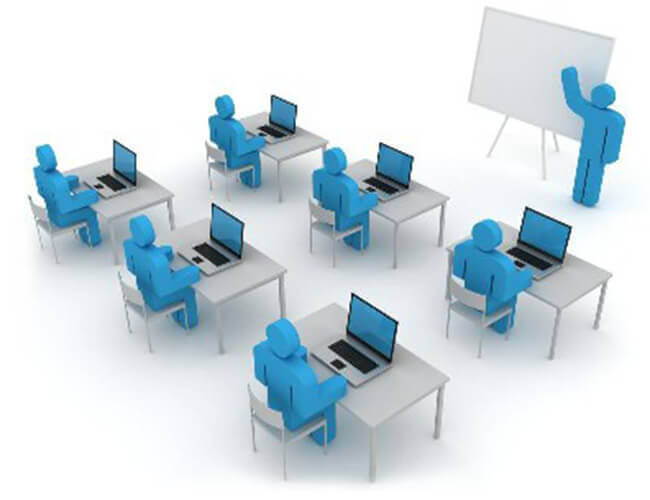Training isn’t a confidence job, but it is any good trainer’s job to instill confidence.
Your users need to have confidence that the data in your system is accurate and reliable. They need to have confidence that the system will help them do their jobs better. They also need to have confidence in themselves; that they have the skills, knowledge and resources to use the system.
This last type of confidence is where training comes into play. Whether you arrange for training from a consultant, manage it yourself, or use some combination of the two, there are a few techniques you can employ to ensure everyone comes out of the experience as confident and enthusiastic as possible.
Preparation is for everyone
Boy and Girl Scouts shouldn’t have a monopoly on being prepared. Of course the trainer(s) will need to be prepared to teach, but it’s also helpful for the trainees to do a little homework ahead of time.
Give your team “homework” before the sessions begin. Reviewing training videos beforehand is a good way to make sure that the concepts discussed aren’t completely foreign to them.
Salesforce comes in a lot of different flavors for nonprofits. Depending on the Fundraising Package you’ve chosen (and the various apps you’ve installed to build upon that core functionality), the types of materials available may vary.
The Salesforce Foundation provides documentation and training resources for the Non-Profit Starter Pack, and their Youtube Channel includes a number of how-to videos. The Salesforce Youtube Channel also has lots of videos about general functionality, though it can take some time to pick out what’s most relevant.
Individual application vendors will have their own support materials. Most post recorded webinars, as well as written documentation.
Set those expectations
Setting expectations for your team (and yourself) is another important piece of preparation. Make sure everyone knows going into the sessions what exactly they’re going to be learning. Be very clear about the outcomes, and what they should be able to “do” when the training is complete.
Environmentalism
Good learning takes place in a good learning environment, both the physical space and the emotional one.
You’ll need the physical resources to facilitate learning (such as laptops or desktops to get hands-on practice with the concepts taught), but you should also try to cultivate an encouraging atmosphere. Attitude is an important part of learning. You’ll want to create a space that’s as relaxed and open as possible, so people remain enthusiastic about what they’re being taught.
Keep it relevant, manageable and interactive
For the training to succeed, it needs to teach people how to do the things they actually need to do. Your users don’t need to know everything the system is capable of. Too much information can be just as discouraging as too little.
This is where that pre-training preparation can payoff. If people did their homework, they’ll be more familiar with the broader concepts of how the system works, and the training will be able to focus much more on the specific tasks they need to perform.
With a powerful system like Salesforce, even these specifics can seem like a lot, especially if people are being asked to be passive learners. It helps to make the training as interactive as possible. Use practice time and quizzes at regular intervals. These periodic reviews will help your users better retain what they’re being taught.
Practice time can also be a good way to manage a situation where people are learning at different paces. Always make sure everyone has something to do. If someone’s not getting it right away, work with them one-on-one, while the others have exercises to keep them occupied.
The training doesn’t end when the sessions are over
Training isn’t meant to make beginners experts, it’s meant to put them on the path to becoming experts. Your users should have the basic information they need to move forward and to do their work. They should also know where to find answers quickly if they ever get stuck.
This can be a website, a user manual you design, or an always open door (or email box). The Salesforce Help & Training link connects you and your users to lots of excellent support materials. Our own Nonprofits 101, available on the Salesforce AppExchange, is a collaborative “manual” you can make use of (and contribute to).
Having these resources readily available will go long way to building the confidence your users need to make the most of your new system.





